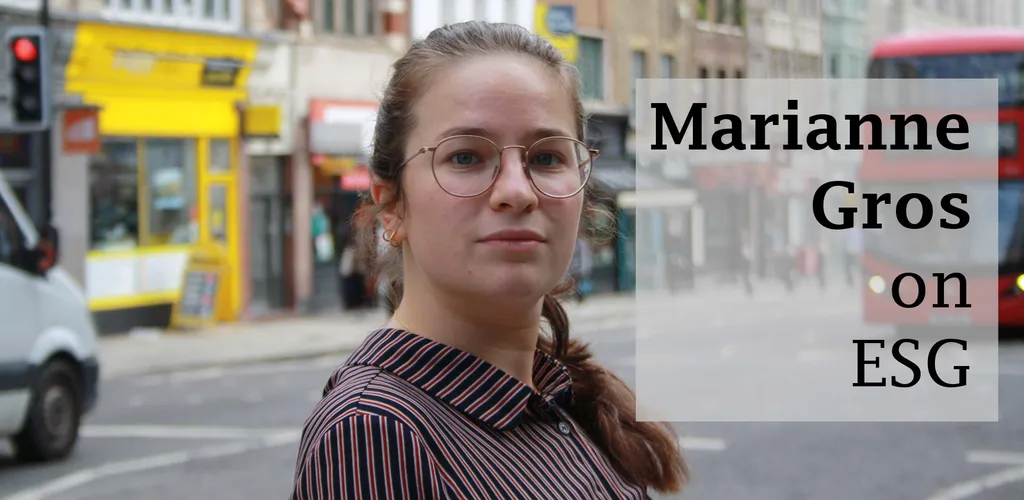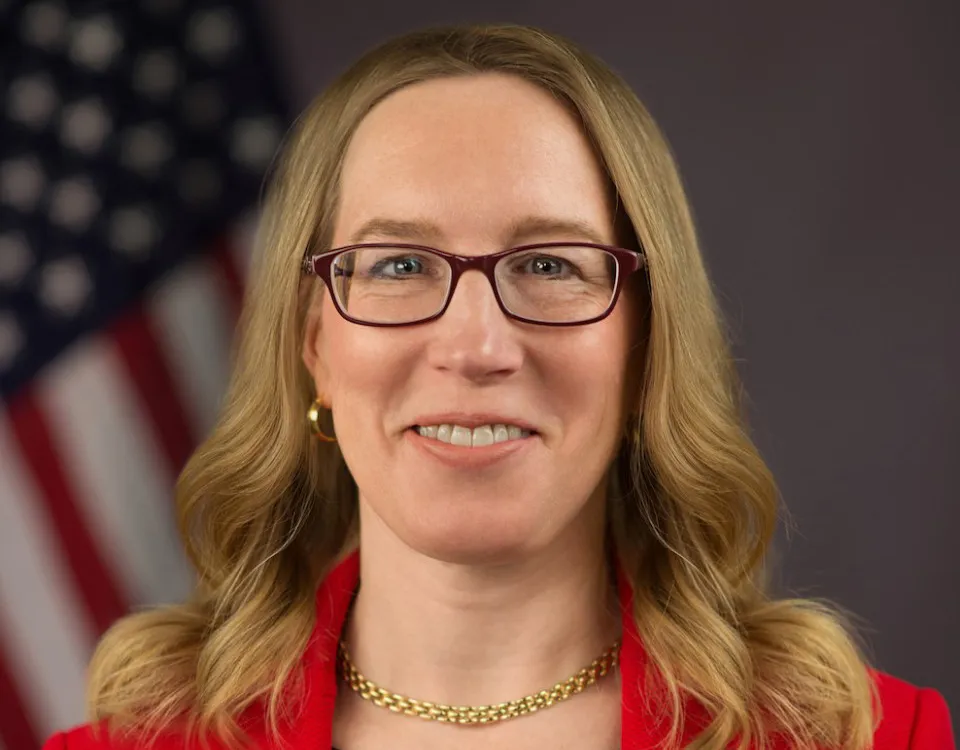Forget impact, 2024 is all about outcomes.
Together with Citi and Plastic Collective, the World Bank announced plans to issue a principle-protected ‘outcomes’ bond tackling plastic pollution at COP28.
It is the fourth of its kind, and with each issuance the World Bank is providing the proof of concept for sustainable bonds with a strong focus on hard-to-fund sustainable development goals.
Development-themed capital markets products are a crowd-pleaser, at least in theory. The more of these products come to market, the more investors will bite. And one could imagine a growth trajectory like that of the green bond market.
The question is whether or not guidelines are necessary. The blue bond and debt-for-nature swap confusion last year should indicate that the answer to that question is yes. The problem with outcomes bonds, however, is that to be successful they must all be slightly different.
The details
The structure of the World Bank’s outcomes bond is unusual. Investors are foregoing the coupon – which goes directly to fund the projects’ expansion plans – in exchange for plastic credits generated by the projects.
What the Bank didn’t say was whether the price of the plastics credits would be entirely fixed or floating, neither did it communicate on the actual size of the bond, although sources close to the matter said that it was likely to hover around $100 million.
Outcomes bonds work because with each issuance, the World Bank and its financial partner adapt the terms of the bond to the sustainability challenge it addresses.
In February 2023, the Bank had issued another one of these bonds with a credit mechanism: an emissions-reduction linked bond (ERLB) for projects delivering filtration for safe drinking water in Vietnam and generating carbon units, which were then bought by Citi under an offtake agreement and paid to the investors who had also forgone the coupon in that case.
Before that, it was the Wildlife Conservation bond – or Rhino bond – where key performance indicators for a black rhinoceros conservation project in South Africa were used to affect the pay-out on the bond.
Such capital markets innovations are important because they address two key challenges in sustainable finance. Firstly, they give small biodiversity or climate-adaptation projects with funding needs in the tens of millions access to institutional investors usually hunting for larger ticket sizes.

Secondly, the credit mechanisms convert impact into currency, and you end up with a benchmark-size bond that meets investors liquidity needs and that puts a price on outcome.
And since the World Bank is involved, investors have confidence that due diligence on the projects will be done well, reducing the likelihood of reputational risk.
Lessons from 2023
Whenever a new sustainable trend starts, its advocates tend to look for signs of similarity with the early days of green finance as proof that it has potential.
Outcomes bonds could very well become the new green bonds. The World Bank was the first to issue a green bond in 2008 after all, and had the same role of providing the proof of concept while investors looked suspiciously to see if the product would work.
In the first half of 2023, green bond issuance reached $310 billion, the highest half-year total since its inception.
So why not look at the green bond market for insight on whether outcomes bonds will need a rulebook or not?
If outcomes bonds become anchored in a predefined set of rules, it will limit the issuers’ ability to continue to create financing solutions tailored to the cause
The International Capital Market Association (Icma) defined the product and published the first edition of its green bond principles in 2014, making sure that there was confidence in the label.
In 2018, when the market began exploring the issuance of ocean-related use of proceeds bonds – or blue bonds – Icma’s first reaction was to say that seeing as blue bonds are just a subsection of green bonds, they didn’t need a separate set of principles.
But once it became clear that the blue-bond label was used to characterise debt-for-nature swaps that don’t follow a use-of-proceeds model in the way green bonds should, like with Gabon’s issuance last August, the Icma concluded that guidance was necessary after all.
It launched the global practitioner’s guide for bonds to finance the sustainable blue economy in September.
Ringfencing the un-ringfence-able
The problem is that to achieve what they have been designed to do, outcomes bonds must remain flexible structures because they are funding projects with very different business models that may require different credit mechanisms.
Looking at each topic that outcomes bonds have covered so far, the solutions are not as straightforward as for the topics tackled by green bonds, like renewable power or clean tech.
It will be difficult to agree on a set list of eligible projects because the methodologies used to define and measure the positive outcomes towards each sustainable development goal will vary widely.
The projects are also relying on different methodologies to monetize this outcome. With the plastics bond for example, two different credit methodologies are used: one is for tons of plastics removed from nature, and the other is tons of plastic recycled.
If outcomes bonds become anchored in a predefined set of rules, it will limit issuers’ ability to continue to create financing solutions tailored to the cause, and that will threaten projects’ essential access to institutional capital.
So, what will it be: supervising the market with a set of rules to promote investor confidence and weaken the product, or letting issuers roam free and expose the market to confusion and development-washing allegations?
It is a tough call.




